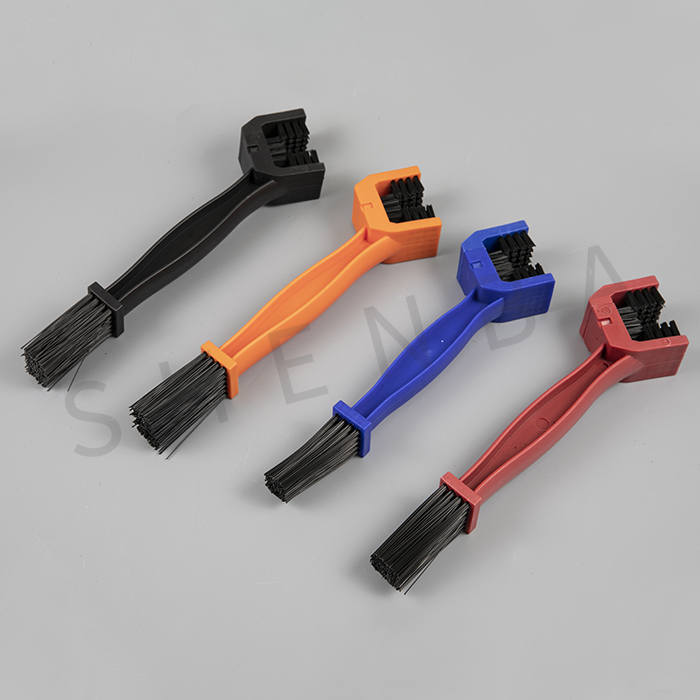Why are the two processes of cleaning and lubrication absolutely mutually exclusive?
Very simple: it is the lubricating oil film of the chain, which on the one hand ensures the smooth running of the chain, and on the other hand absorbs the dirt that sticks to the lubricating oil film and gets stuck. A lubricated chain is inevitably also a greasy chain. This means that all effective cleaners also attack the chain’s lubricating film, dissolving or diluting the chain oil.
As follows: After applying the cleaner on the chain, it is urgent to apply a new lubricating film afterwards (via new grease/oil/wax)!
Surface cleaning is always possible and a wise choice. But it depends on whether you are attacking the existing oil film or actually just removing surface grime.
But don’t manufacturers often write that their products can be cleaned and lubricated at the same time? Is this incorrect?
Certain oils have self-cleaning properties. Due to friction, dirt particles “fall off” in motion. In theory, this is possible and correct, but some proxies actually stay clean longer than others. However, this has nothing to do with proper care and cleaning of the chain.
It’s better to take care of the chain more often and always apply a little or no oil rather than a lot of oil occasionally – it’s better than any cleaner.
Clean your bicycle chain with a cloth, chain brush or plastic brush specially designed for this purpose – using a professional bicycle chain cleaning tool will not destroy the chain’s internal lubricating film.Therefore, the chain has a longer service life.
If you use a cleaner (anything that dissolves grease, i.e. washer fluid, WD40, or a special chain cleaner), the chain will only have a very short lifespan. This cleaning is a last resort when the chain has rusted or the links have stiffened. Try to understand it as a last resort.

Post time: Jun-27-2022
